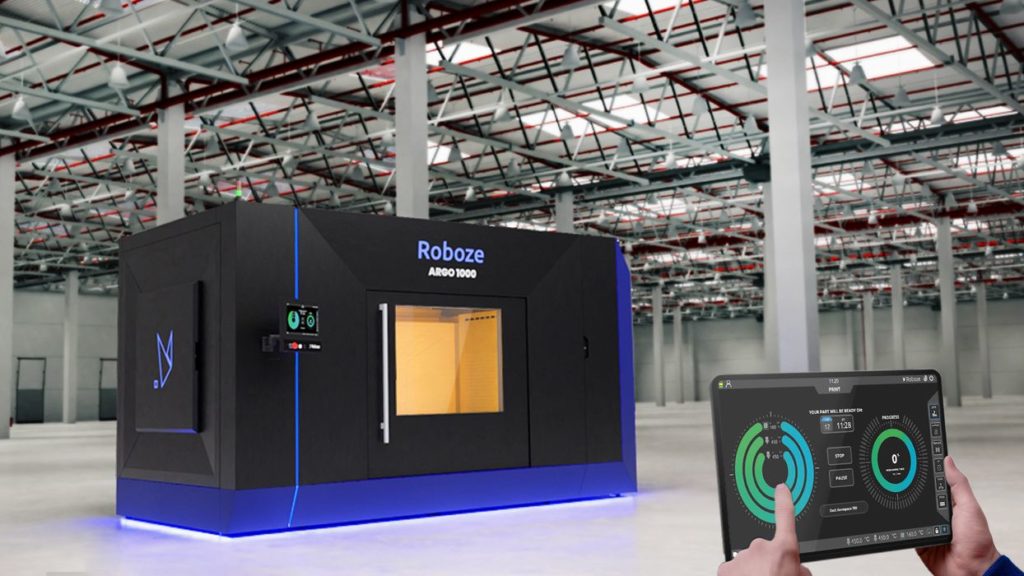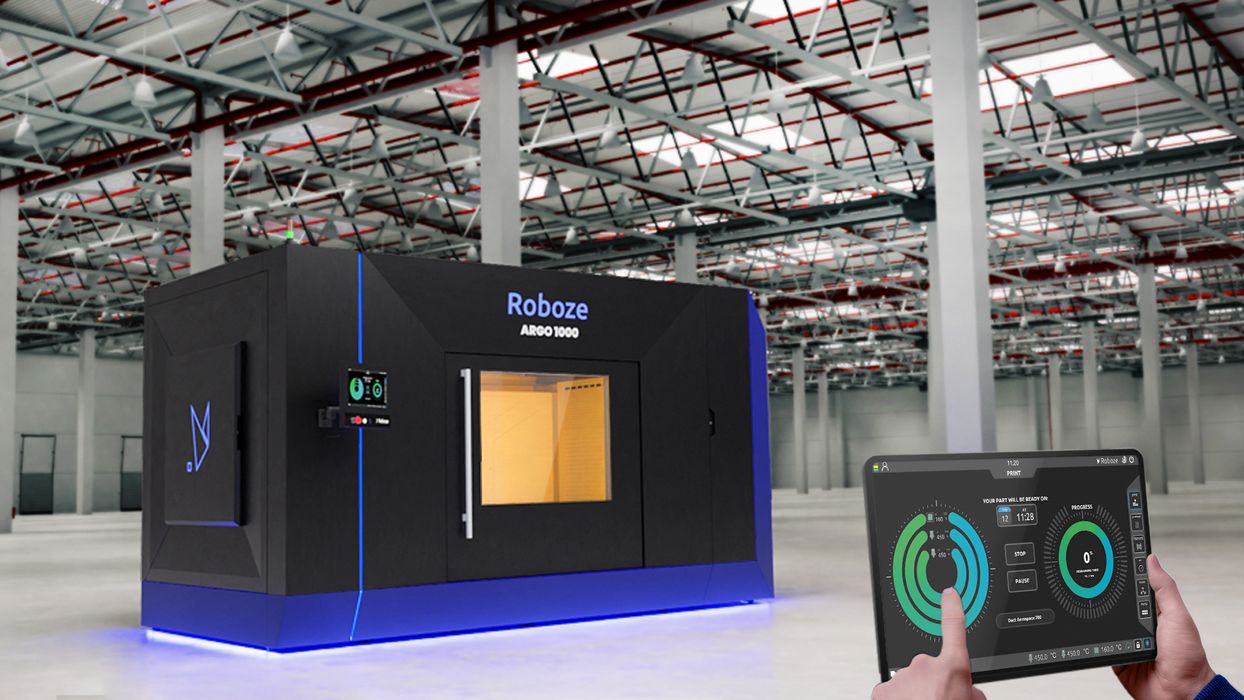
In January Roboze will launch a new program to establish a “circular economy” for their materials.
The goal is to reduce waste and increase efficiency, and thus contribute in a small way to combat the ongoing climate emergency.
This is not a new idea; it’s been attempted in the past by other companies with mixed results. Some companies, such as Stratasys, accept returns of empty filament canisters and resin cartridges, which would be trouble to deal with for customers, particular those of large size. On the other hand, attempts at returning PLA materials for recycling simply didn’t work: RePLAy 3D disappeared soon after launch.
However, I think there may be reasons to believe Roboze’s approach may have different results.
Here’s how it works:
- Roboze clients purchase materials from the company
- Clients print objects
- Print jobs generate waste (support structures, failed prints, etc.)
- Waste is returned to Roboze
- Roboze sorts and reprocesses waste into fresh filament
And the cycle continues.
But why would a Roboze client bother to do this? They explain:
“Roboze will initiate a circular economy program starting January 2022 that will allow all of its customers to return to Roboze waste material and 3D printed parts at the end of their life cycle to produce new material from “circular” 3D printing. This model will allow Roboze customers to receive a “circular” material at a much lower price than the original, safeguarding the environment and increasingly democratizing the use of Roboze 3D printing technology.”
The difference here from other initiatives has to do with the cost of the materials. PLA, for example, is usually of less value the cost of shipping it. That’s why almost all PLA sources are regional: out-of-area PLA would be too expensive.
Meanwhile, Roboze equipment is designed for high temperature materials, such as PEEK, PEKK and ULTEM. All of these materials are quite expensive and when you think about it, why would you throw out any of it? That waste is actually quite pricey!
For example, ULTEM 9085 is priced at near US$300 per kg. Meanwhile, PLA is priced at between US$20-30 per kg, almost 10X less cost. Throwing out a 100g piece of ULTEM scrap is the financial equivalent of tossing a 1kg spool of PLA.
This is why it makes a great deal of sense to recover that spoiled material. Even better, Roboze is apparently to provide buyers with a discount on this recycled material, which will definitely encourage participation.
Roboze can easily afford to do so, because they will have a mostly free supply of raw materials from their customers, and need only sort and re-extrude it into usable filaments.
The fact that it is “used” material isn’t really a technical issue, because even “fresh” filament has been extruded in exactly the same process. That’s the case with all thermoplastics: they soften and reform as required.
This is a good initiative by Roboze, and I’m hoping other 3D print companies using pricey materials offer similar programs in the future.
Via Roboze

